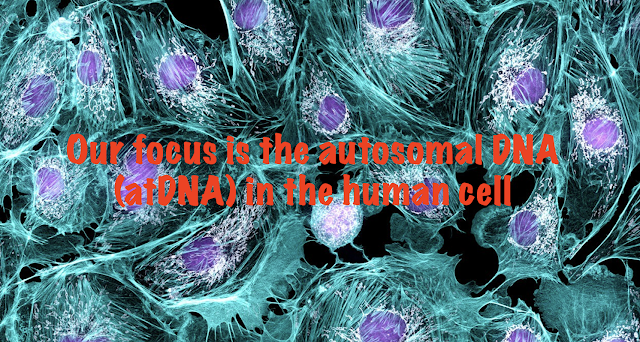Module 2: Grouping activity solution and recap on your activities
To recap on the messages from the earlier post with the activity:-
You'll now be sorting your matches into groups. You might have initially sorted to your paternal (P0) and maternal (M0) lines and then moved to your four grandparent lines - P1/4, P5/8, M1/4 and M5/8. You might also be now breaking down your groups further.
You'll probably have a few groups of matches that you can't allocate to the P1/4, P5/8, M1/4 and M5/8 groups and you'll be creating research groups eg _PUK1, _MUK1 and UK1. My hint is to limit your unknown groups to no more than six groups. Ungrouped matches can either be left for later grouping or placed in high level group eg P0, M0, _UK#, _UKP# and/or _UKM#. I also use US or UK for "unknown side".
Remember that I use symbol at the front of the research groups so they don't get mixed amongst the P and M groups. UK and US will appear after the P and M groups.
The P0 and M0 groups can also be used for matches without share matches. There can be many matches below 30cM in this group. If you ever exhaust researching your higher matches, you could then research these matches! Bear in mind that, for many of these smaller matches, your common ancestor with these matches are beyond second great grandparents.
Remember that practice makes perfect with grouping. You should also read the blog posts closely as there's lots of useful information in them.
Here's an activity that you can attempt to see if you've got the hang of the grouping methodology I use.
Now here's the chart that we worked through at our last session-
- Relationships where your MRCA is ONE grandparents couple includes 1C, descendants of 1C and half siblings.
- Relationships where your MRCA is ONE great-grandparent couple includes 2C, descendants of 2C and your parents' 1C (your 1C1R).
- Relationships where your MRCA is ONE 2nd great-grandparent couple includes 3C, descendants of 3C and your parents' 2C (your 2C1R).
- Relationships where your MRCA is ONE 3rd great-grandparent couple includes 4C, descendants of 4C and your parents' 3C (your 3C1R).
- Relationships where your MRCA is ONE 4th great-grandparent couple includes 5C, descendants of 5C and your parents' 4C (your 4C1R).
- Relationships where your MRCA is ONE 5th great-grandparent couple includes 6C, descendants of 6C and your parents' 5C (your 5C1R).
- Relationships where your MRCA is ONE 6th great-grandparent couple includes 7C, descendants of 7C and your parents' 6C (your 6C1R).




